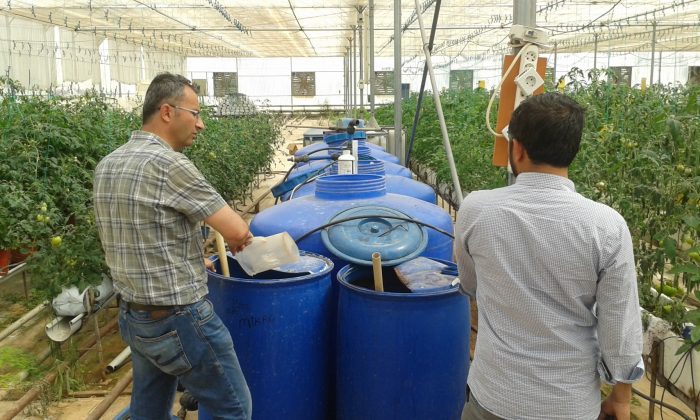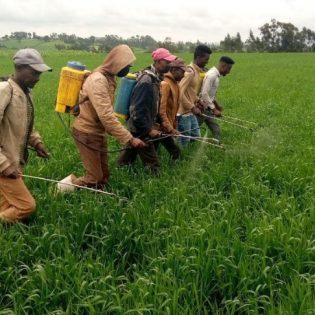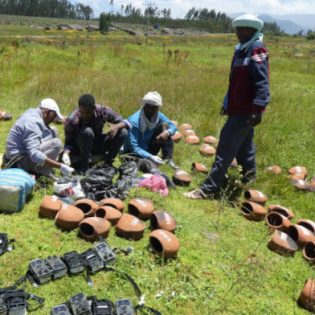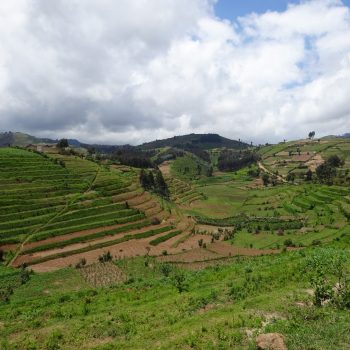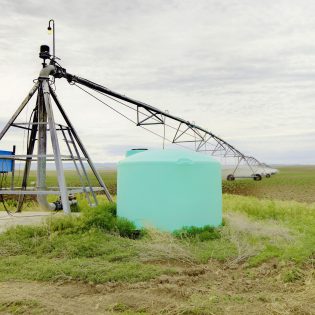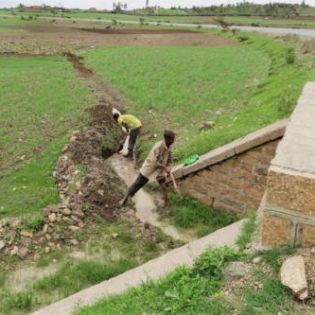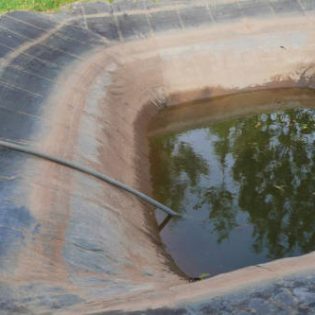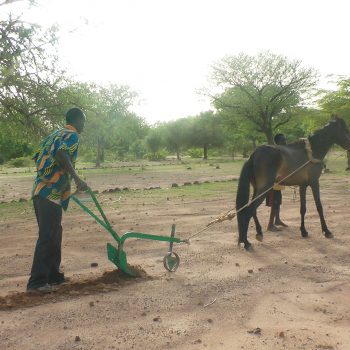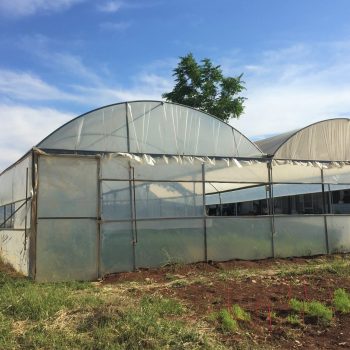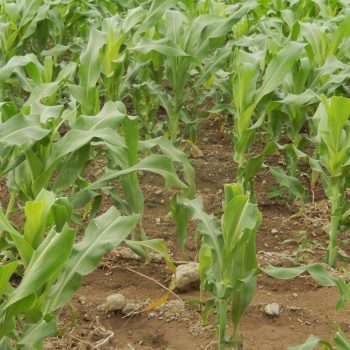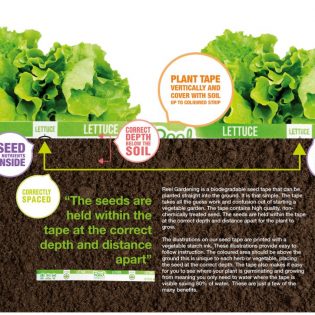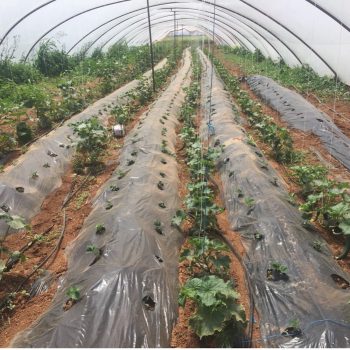With fertigation, fertilizers can be applied with irrigation water on demand during periods of peak crop demand at or near the roots and in smaller doses, which ultimately reduces losses while increasing yields and quality of product (Tilman et al. 2002). If properly designed and scheduled and also taking into consideration soil properties (Gärdenäs et al. 2005), fertigation systems allow for the more efficient application and use of nitrogen (Singandhupe et al. 2003; Hou et al. 2007) thereby reducing its leaching and runoff.
| References: | Gärdenäs, A.I., Hopmans, J.W.Hanson, B.R. Šimunek, J. 2005. “Two-dimensional model for nitrate leaching for various fertigation scenarios under micro-irrigation”. Agricultural Water Management 74, 219-242.
Hou, Z., Li, P., Li, B., Gong, J., Wang, Y., 2007. “Effects of fertigation scheme on N uptake and N use efficiency in cotton”. Plant and Soil 290, 115-126. Singandhupe, R.B., Rao, G.G.S.N., Patil, N.G., Brahmanand, P.S., 2003. “Fertigation studies and irrigation scheduling in drip irrigation system in tomato crop (Licopersiconesculentum L.)”. European Journal of Agronomy 19, 327-340. Tilman, D., Cassman, K.G., Matson, P.A., Naylor, R., Polasky, S., 2002. “Agricultural sustainability and intensive production practices”. Nature 418, 671-677. |
Additional information
| Agriculture | Flood/spate irrigated, Irrigated, Rainfed (Crop) |
|---|
